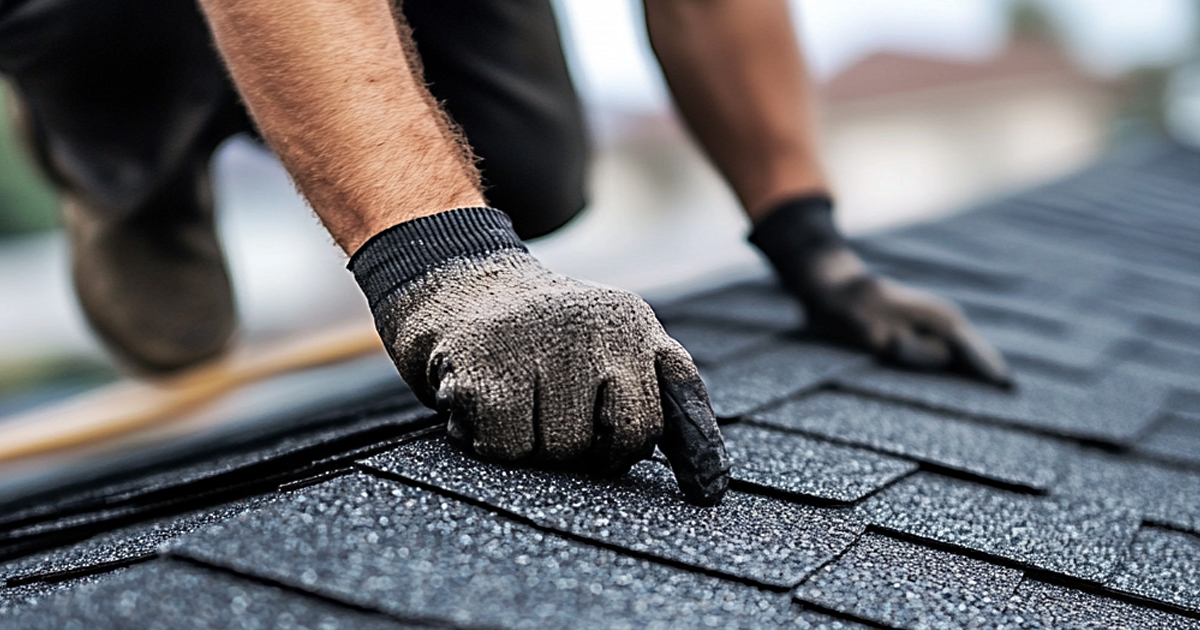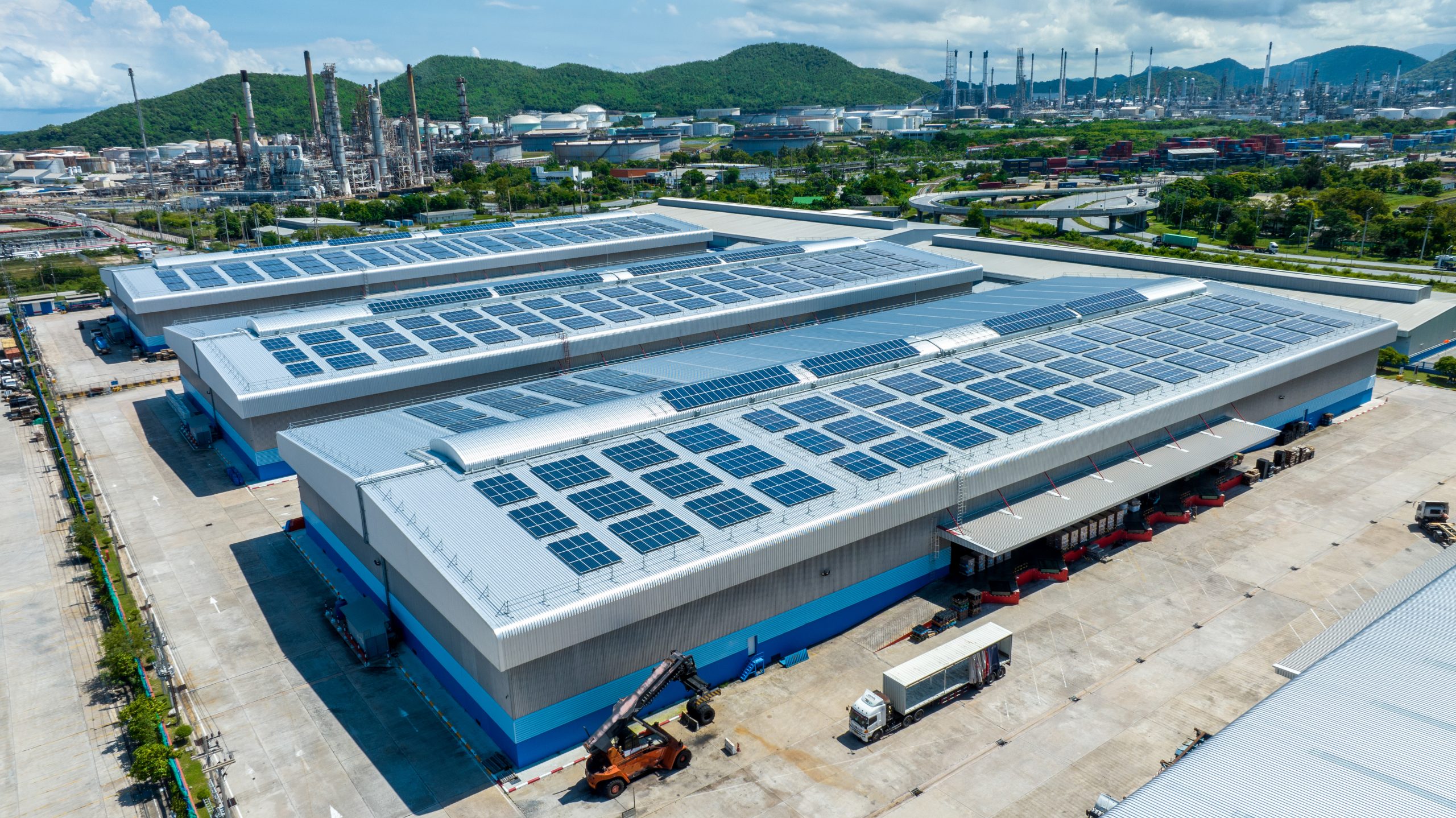Are You Licensed and Insured?
When selecting a Temple roofing contractor, it’s crucial to ensure they are properly licensed and insured. A valid roofing license demonstrates that the contractor has met the necessary requirements and possesses the skills to perform roofing work in your area. Always ask for proof of licensure and verify its authenticity with your local licensing board.
Equally important is liability insurance, which protects you from potential damages or accidents that may occur during the roofing project. A reputable contractor should carry both general liability insurance and worker’s compensation coverage. The latter ensures that workers are protected in case of on-the-job injuries, preventing you from being held liable for medical expenses or lost wages.
Additionally, inquire about any professional certifications the contractor may hold. These certifications, often issued by roofing manufacturers or industry associations, indicate a higher level of expertise and commitment to quality workmanship. Don’t hesitate to ask for documentation of these credentials, as they can provide added peace of mind when entrusting your home to a roofing professional.
How Long Have You Been in Business?
The longevity of a business can be a significant indicator of its reliability and expertise. When considering a company’s history, it’s important to look beyond just the number of years they’ve been operating. A well-established business typically has a wealth of experience in navigating industry challenges and meeting customer needs.
Companies with a longer history often have developed a strong local reputation. This reputation is built on years of service, customer interactions, and community involvement. Long-standing businesses have had the opportunity to refine their processes, improve their products or services, and build lasting relationships with clients and suppliers.
However, it’s worth noting that the quality of experience matters as much as the quantity. A company that has been in business for decades but hasn’t adapted to modern practices may not be as valuable as a younger, more innovative firm. When evaluating a business based on its years of service, consider how they’ve evolved over time, their track record of customer satisfaction, and their ability to stay relevant in a changing market.
Ultimately, a company’s history should be viewed as part of a larger picture, including their current practices, customer reviews, and industry standing. This comprehensive view will give you a better understanding of the business’s true value and reliability.
Can You Provide References from Recent Clients?
When considering a contractor for your home improvement project, it’s essential to ask for references from recent clients. Customer testimonials provide valuable insights into the contractor’s work quality, professionalism, and reliability. Request information about local projects they’ve completed, as these can give you a better idea of their expertise in your specific area.
Before and after photos are particularly useful, as they showcase the contractor’s ability to transform spaces and bring visions to life. These visual representations can help you gauge whether their style aligns with your preferences and expectations.
Client feedback is another crucial aspect to consider. Ask for contact information of previous customers who are willing to share their experiences. When speaking with these references, inquire about the contractor’s communication skills, adherence to timelines and budgets, and overall satisfaction with the completed work.
By thoroughly examining customer testimonials, local projects, before and after photos, and client feedback, you’ll be better equipped to make an informed decision about hiring the right contractor for your home improvement needs.
What Type of Roofing Materials Do You Recommend?
When it comes to choosing roofing materials, several options offer unique benefits for homeowners. Asphalt shingles remain a popular choice due to their affordability and wide range of styles. They come in various types, including three-tab and architectural shingles, each offering different levels of durability and aesthetics.
Metal roofing has gained traction for its longevity and energy efficiency. Available in steel, aluminum, and copper, metal roofs can last up to 50 years or more with proper maintenance. They reflect solar radiant heat, potentially reducing cooling costs in warmer climates.
For those seeking a more distinctive look, tile options such as clay or concrete provide excellent durability and a classic appearance. While more expensive initially, tile roofs can last a century or more, making them a cost-effective long-term investment.
When selecting roofing materials, consider factors like material durability, local climate, and energy efficiency. Each option has its strengths, and the best choice depends on your specific needs, budget, and architectural style. Consulting with a professional Temple roofer can help you make an informed decision tailored to your home’s requirements.
What is Your Warranty Policy?
Our warranty policy is designed to provide you with comprehensive coverage and peace of mind. We offer a workmanship guarantee that covers any defects in installation or labor for a period of one year from the date of purchase. This ensures that you’re protected against any issues arising from improper installation or workmanship.
In addition to our workmanship guarantee, we honor all manufacturer warranties for the products we sell and install. These warranties typically cover defects in materials and manufacturing, with terms varying by product and brand. Many of our high-quality products come with extended manufacturer warranties, offering long-term protection for your investment.
It’s important to note that warranty terms may differ depending on the specific product or service. We recommend reviewing the warranty information provided with your purchase or contacting our customer service team for detailed information about your coverage. Our goal is to ensure that you have a clear understanding of your warranty rights and the long-term protection available for your purchase.
To maintain your warranty coverage, be sure to follow all care and maintenance instructions provided with your product. Regular maintenance not only helps preserve your warranty but also extends the life and performance of your purchase.
How Do You Handle Unexpected Issues or Additional Repairs?
When it comes to home renovations, unexpected issues or additional repairs are not uncommon. Our approach to handling these situations is rooted in transparency and effective communication. We utilize a structured change order process to address any unforeseen circumstances or client-requested modifications.
Upon discovering an unexpected issue, our team immediately assesses the situation and develops a problem-solving approach. We then communicate our findings to the homeowner, explaining the issue, its potential impact on the project, and our recommended solutions. This communication process ensures that clients are always informed and involved in decision-making.
We provide detailed cost estimates for any additional work required, breaking down labor and material costs. This allows homeowners to make informed decisions about how to proceed. Our team is skilled at presenting options that balance budget constraints with the need for quality repairs.
Throughout this process, we prioritize clear and timely communication. We understand that unexpected issues can be stressful for homeowners, so we strive to provide reassurance through our professional handling of these situations. Our goal is to resolve any unexpected issues efficiently while maintaining the overall project timeline and quality standards.
What is Your Timeline for Completing the Project?
When determining the timeline for completing a project, several factors must be taken into account. The project duration depends largely on the scope of work, available resources, and potential obstacles. A well-planned work schedule is essential for staying on track and meeting deadlines. It’s important to consider the complexity of tasks and allocate sufficient time for each phase of the project.
Weather considerations can significantly impact outdoor projects or those involving construction. Seasonal changes may affect material availability or working conditions, potentially extending the timeline. It’s wise to build in some flexibility to account for unexpected weather-related delays.
To establish a realistic completion date, project managers should:
- Break down the project into manageable tasks
- Estimate the time required for each task
- Identify potential bottlenecks or dependencies
- Factor in time for quality control and revisions
- Add a buffer for unforeseen circumstances
By carefully considering these elements, you can create a more accurate timeline and set expectations for stakeholders. Regular progress reviews and adjustments to the schedule may be necessary to ensure the project remains on course for its intended completion date.
How Do You Ensure Safety on the Job Site?
Ensuring safety on the job site is paramount for any construction or industrial project. Implementing robust safety protocols is the first step towards creating a secure work environment. These protocols should cover everything from proper equipment handling to emergency procedures, and must be regularly reviewed and updated.
Adhering to equipment standards is equally crucial. All machinery and tools should meet or exceed industry safety requirements, and regular inspections must be conducted to ensure they remain in optimal condition. Faulty equipment is a leading cause of workplace accidents, making this aspect of safety non-negotiable.
OSHA compliance is not just a legal requirement but a fundamental aspect of job site safety. Familiarizing yourself with OSHA regulations and implementing them diligently can significantly reduce the risk of accidents and injuries. Regular audits can help identify areas of non-compliance and address them promptly.
Perhaps the most critical element in ensuring job site safety is comprehensive worker training. All personnel should receive thorough safety education, including hands-on training for specific tasks and equipment. Regular refresher courses and safety drills can help reinforce best practices and keep safety at the forefront of workers’ minds.
By focusing on these key areas – safety protocols, equipment standards, OSHA compliance, and worker training – employers can create a culture of safety that protects their most valuable asset: their workforce.
What is Your Clean-up Process?
After the main roofing work is completed, our clean-up process begins with thorough debris removal. We meticulously collect and dispose of all roofing materials, nails, and other waste generated during the project. To ensure property protection, we carefully inspect the surrounding areas, including landscaping and driveways, for any fallen debris.
One crucial step in our clean-up procedure is the magnetic nail sweep. We use powerful magnetic tools to scan the ground around your property, picking up any stray nails or metal fragments that may have escaped initial clean-up efforts. This step is vital for the safety of your family, pets, and vehicles.
Before we consider the job complete, we conduct a final inspection. This comprehensive check ensures that all aspects of the roofing project meet our high standards and that your property is left in pristine condition. We pay close attention to gutters, downspouts, and other areas where debris might accumulate.
Our clean-up process is designed to leave your property looking better than when we arrived, giving you peace of mind and a beautiful new roof to enjoy.
How Do You Structure Your Pricing and Payment Terms?
When structuring your pricing and payment terms, it’s crucial to maintain transparency and flexibility to accommodate various client needs. Begin by creating a detailed cost breakdown that outlines each component of your services, allowing clients to understand the value they’re receiving. This transparency builds trust and helps justify your rates.
Implement a clear payment schedule that aligns with project milestones or deliverables. This approach ensures a steady cash flow for your business while giving clients a sense of progress. Consider offering different payment options, such as upfront payments with discounts, installment plans, or milestone-based payments.
To cater to a wider range of clients, explore financing options. Partnering with financial institutions or offering in-house financing can make your services more accessible to clients with budget constraints. Be sure to clearly communicate the terms and conditions of these options.
Price transparency is key to building long-term relationships with clients. Avoid hidden fees or unexpected charges by providing comprehensive quotes upfront. Consider creating tiered pricing packages that allow clients to choose the level of service that best fits their needs and budget.
By structuring your pricing and payment terms thoughtfully, you can create a win-win situation that satisfies both your business needs and your clients’ expectations.
Making an Informed Decision for Your Temple Roofing Project
Embarking on a temple roofing project requires careful consideration and planning. By understanding the unique requirements of temple architecture, the importance of preserving historical integrity, and the various roofing materials available, you can make an informed decision that will protect your sacred space for generations to come.
Remember to consult with experienced professionals who specialize in religious building restoration and roofing. Their expertise can prove invaluable in navigating the complexities of such a project. Additionally, don’t overlook the importance of regular maintenance and inspections to extend the life of your new roof and catch potential issues early.
Ultimately, the right roofing solution for your temple will depend on a combination of factors, including budget, climate, architectural style, and long-term maintenance considerations. By weighing these factors carefully and seeking expert advice, you can ensure that your temple’s new roof will not only provide protection but also enhance the beauty and sanctity of your place of worship.










